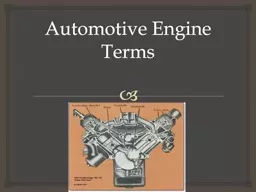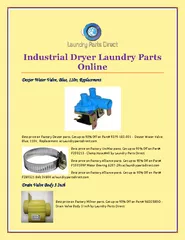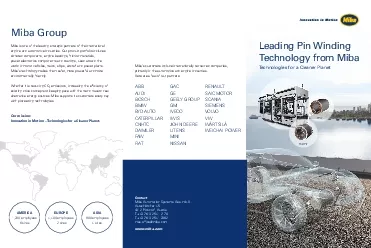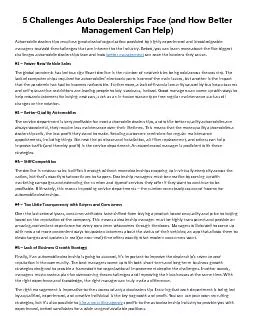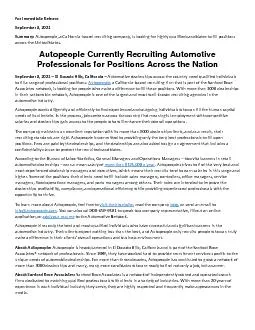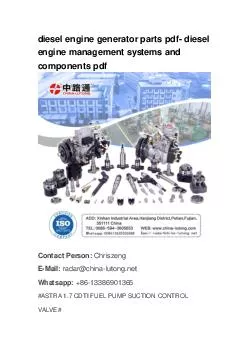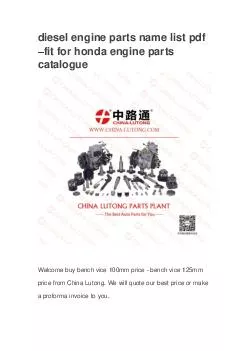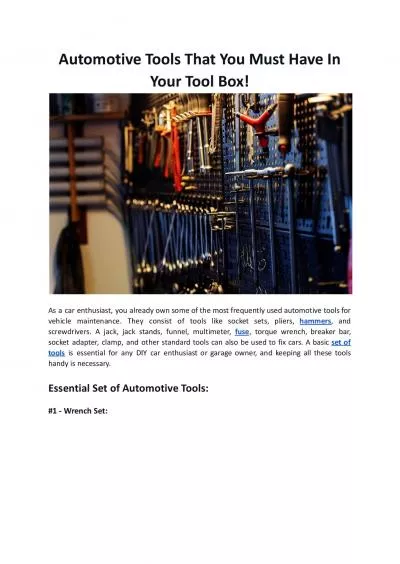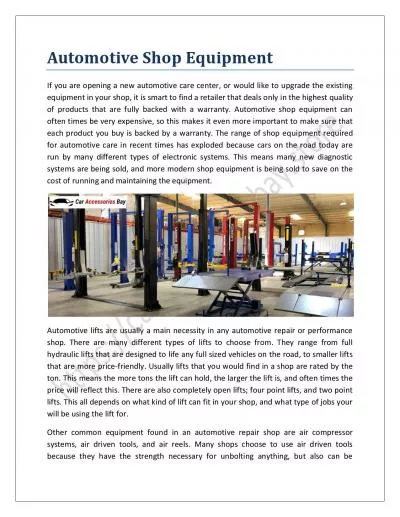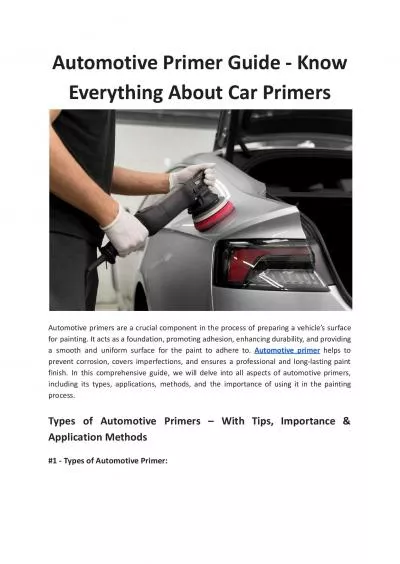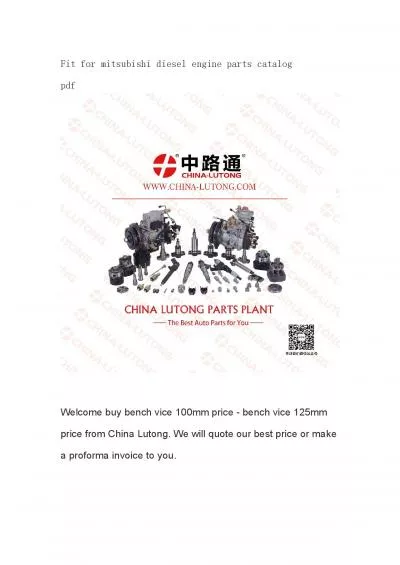PPT-Automotive Engine Terms Name as many parts to an engine that you can
Author : test | Published Date : 2018-11-19
Bellwork What is the difference between a camshaft and a crankshaft How are these two timed Bellwork The 2stroke gas engine is different from the 4stroke gas engine
Presentation Embed Code
Download Presentation
Download Presentation The PPT/PDF document "Automotive Engine Terms Name as many par..." is the property of its rightful owner. Permission is granted to download and print the materials on this website for personal, non-commercial use only, and to display it on your personal computer provided you do not modify the materials and that you retain all copyright notices contained in the materials. By downloading content from our website, you accept the terms of this agreement.
Automotive Engine Terms Name as many parts to an engine that you can: Transcript
Download Rules Of Document
"Automotive Engine Terms Name as many parts to an engine that you can"The content belongs to its owner. You may download and print it for personal use, without modification, and keep all copyright notices. By downloading, you agree to these terms.
Related Documents

